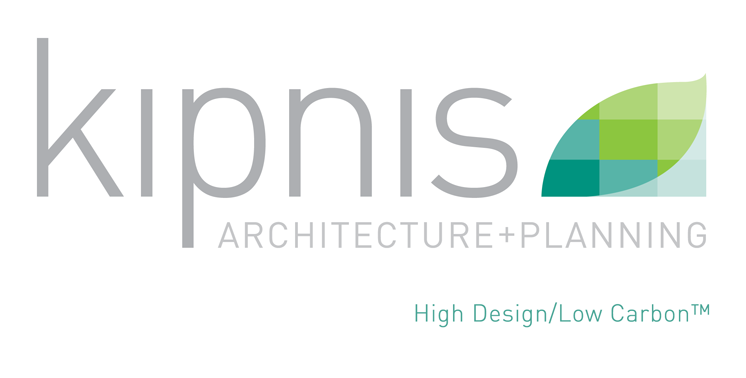By Larry Berliant, Berliant Builders, Inc.
The outdoor shed holds a sacred place in American frontier-busting lore. It’s a bastion of peace and tranquility – a place of productivity, refuge, safety, and utility. It’s a symbol of ownership, a flag planted in promise of continual improvement and progress. Over its lifetime, the shed takes on the personality of its owner, assuming a presence greater than the sum of four walls and a roof.
But, even in America, not all sheds are created equal.
We’ve modernized the concept of the shed in a recent project in Roscoe Village, creating what we refer to affectionately as “The Not-Shed” (because a “shed” it is not).
The Not-Shed is a four-season, temperature controlled multipurpose room, utilizing a high-efficiency air conditioning unit and in-floor heating under a finished concrete floor. It boasts remote-operated glass “garage” doors on two sides, designed to combine both form and function. The Not-Shed anchors its own city lot adjacent to the main house; its sidewalk approach is a runway of grass. It’s a destination.
Our client utilizes The Not-Shed for a multitude of purposes: it’s a work space, an exercise room, a controlled play area for young children, a staging area for outdoor parties, storage space, and a meditation/yoga room. Use changes with the season. When the doors are closed, the space is a cozy, finished, and well-lit. When they’re open, the space becomes airy and transitional, visually and aesthetically tying into the outdoor patio – also designed and built by Berliant Builders.
[Insert picture #3 – interior view.]
The Not-Shed has taken on new importance during the era of Covid-19. Our client told us recently, only half-jokingly, that he “wouldn’t have survived without it.” It has become an “on-site vacation home” that’s accessible, comfortable, and safe. Especially during these unparalleled times, The Not-Shed serves – much like its humble ancestor – as a critical component of the home’s resiliency.
Larry Berliant is president of Berliant Builders Inc., a core member of NextHaus Alliance.
Construction Partners:
Outdoor design services provided by Barker Evans Landscape Architecture: https://www.barker-evans.com/
Stonework by Krugel Cobbles: https://krugel.com/
Flooring by AccuFlow Floors: https://accu-flow.com/
Garage doors by Raynor Garage Doors: https://raynor.com/




























